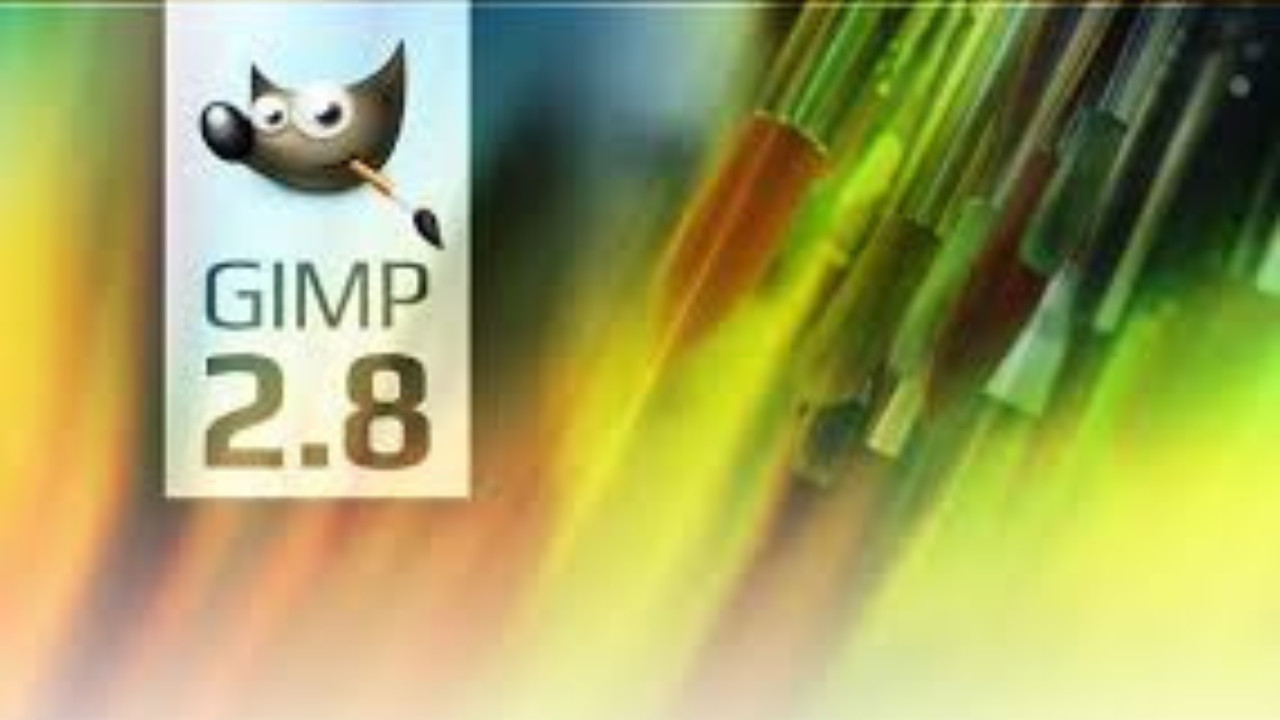GIMP 2.8.6 is a powerful open-source image editing software that offers many advanced features for graphic design, photo manipulation, and digital painting. This version, though a bit older, provides a solid foundation for creative projects.
Downloading GIMP 2.8.6 from FileHorse.com

GIMP 2.8.6 is a powerful open-source image editing software that offers many advanced features for graphic design, photo manipulation, and digital painting. This version, though a bit older, provides a solid foundation for creative projects.